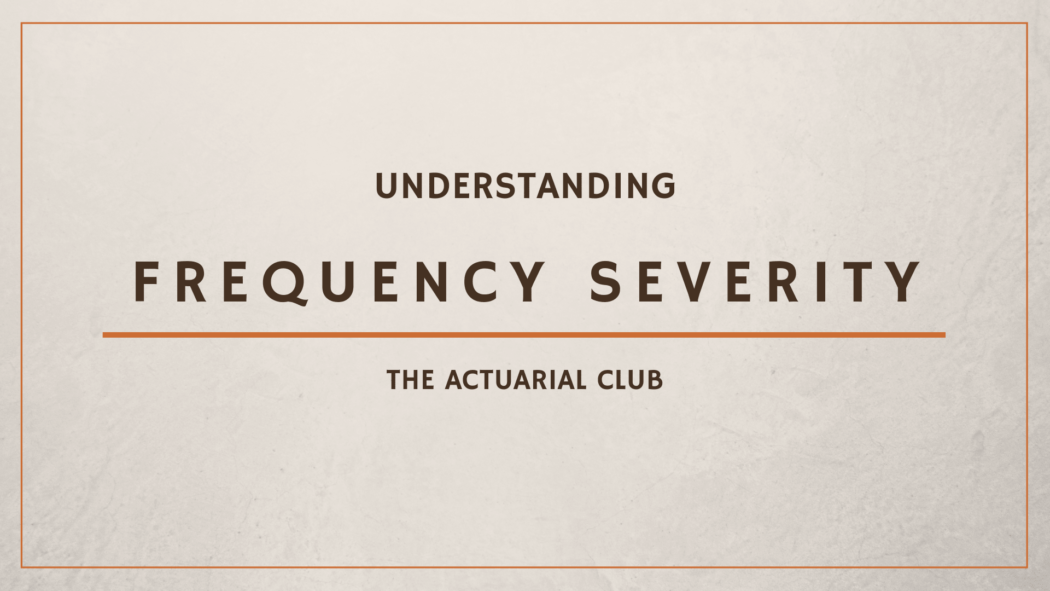What is Frequency Severity Method
Frequency severity method is an actuarial method for determining the expected number of claims that an insurer will receive during a given time period and how much the average claim will cost. Frequency severity method uses historical data to estimate the average number of claims and the average cost of each claim. The method multiplies the average number of claims by the average cost of a claim.
The method is used to calculate IBNR Reserves / loss reserves in the Actuarial reserving using Run Off Triangles.
Breaking Down Frequency Severity Method
In the frequency severity method, frequency refers to the number of claims that an insurer anticipates will occur over a given period of time. If the frequency is high, it means that a large number of claims is expected to occur. Severity refers to the cost of a claim. A high-severity claim is more expensive than an average claim, and a low-severity claim is less expensive than the average claim. Average costs of claims are estimated based on historical data.
For instance, consider a prospective home buyer considering the purchase of a house nearby seashore in Chennai. If this part of the Chennai coast averages one hurricane per year. With the potential for complete destruction so high and so frequent, the frequency severity method would indicate that an insurance company should avoid underwriting a policy for this area.
Frequency-severity Method and Other Risk Models
Insurers use sophisticated models to determine the likelihood that they will have to pay out a claim. Ideally, the insurer would prefer receiving premiums for underwriting new insurance policies without ever having to pay out a claim, but this is a very unlikely scenario. Instead, insurers develop estimates as to how many claims they may expect to see and how expensive the claims will be based on the types of policies they provide to policyholders.
The frequency severity method is one option that insurers use to develop models. Frequency refers to the number of claims that an insurer expects to see. High frequency means that a large number of claims are expected to come in and the insurer is bound to serve to those claims. Severity refers to the cost of a claim, with high severity claims being more expensive than average estimates and low severity claims being less expensive than the average. The average cost of claims may be estimated based off of historical cost figures.
Because the frequency severity method looks at past years in determining average costs for future years it is less influenced by more volatile recent periods. This means that it is not reliant on loss development factors based off of more recent years. However, this also means that the method is slower to adapt to increases in volatility. For example, an insurer providing flood insurance will adapt more slowly to an increase in the severity or frequency of flood damage claims caused by recent rising water levels.
Learn Excel or Python/R for Data Science
Best Python & R in Data Science course
Machine Learning A-Z™: Hands-On Python & R In Data Science
Best Excel course
Microsoft Excel – Excel from Beginner to Advanced.

